MALLORY LOWE MPOKA
I Am a Story
2020–ongoing
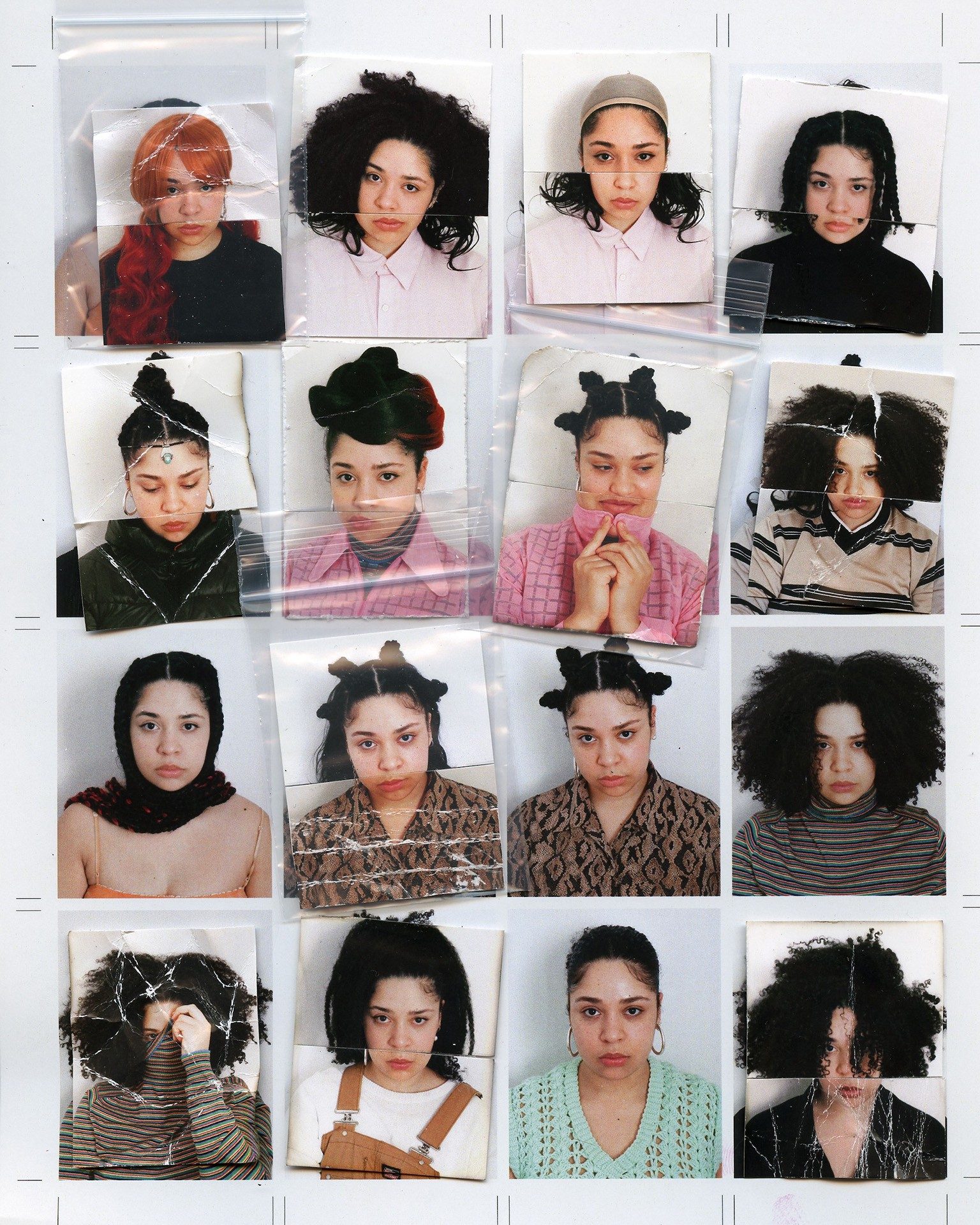
150+ self-portraits, digital photography, hoops, mirror, strings.
Site-specific installation, dimensions may vary.
Artist statement
I Am a Story is an ongoing analog photographic investigation of identity, heterogeneity, self-disclosure, and the duality between anonymity and intimacy. Through her work, Mallory Lowe Mpoka alternatively disguises, conceals, and reveals herself to the viewer as she investigates the contrast between outer image and inner reality, social identity, and personal identity, using her features and body as a stage on which to build plural identities.
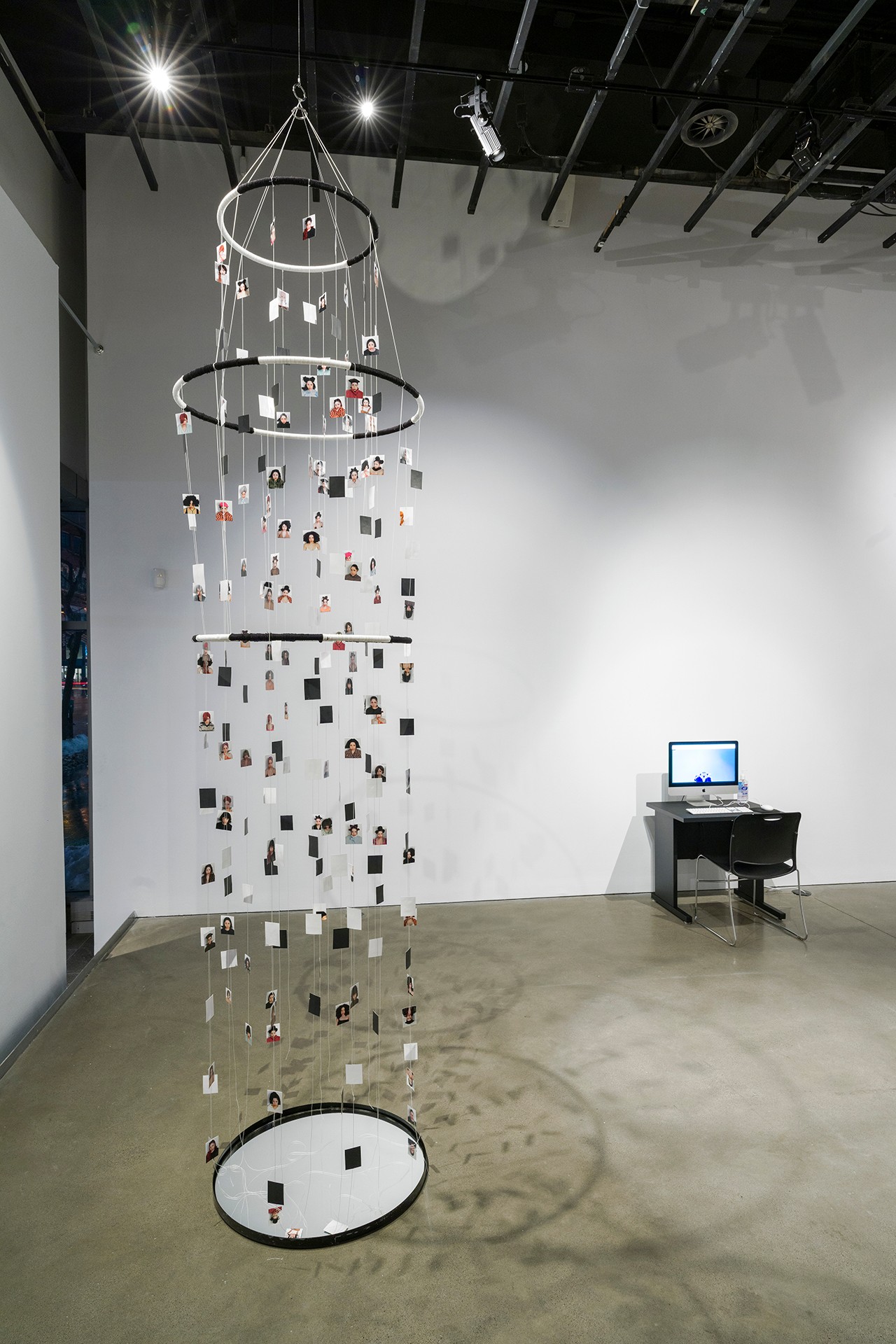 Photo by Guy L’Heureux
Photo by Guy L’Heureux
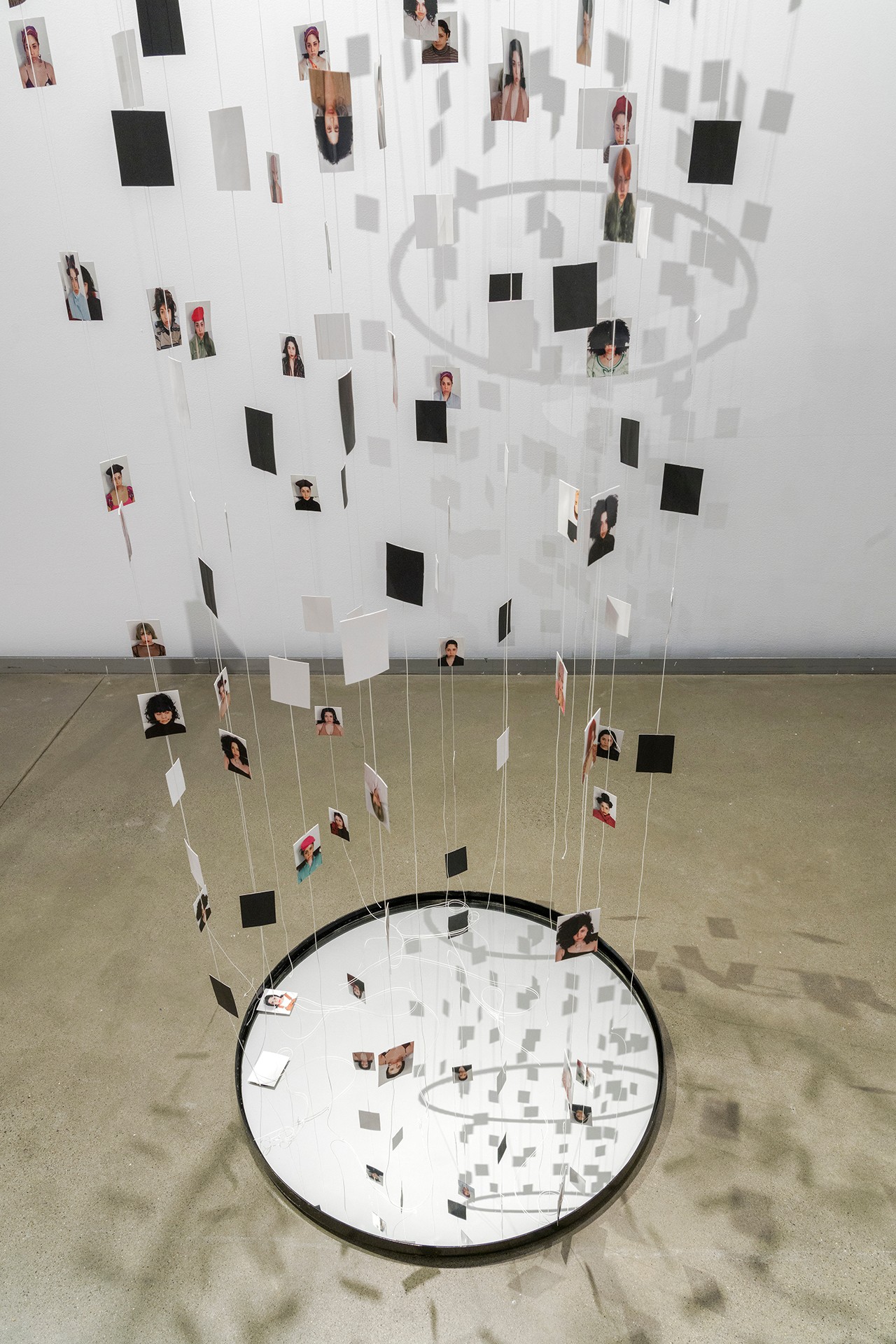 Photo by Guy L’Heureux
Photo by Guy L’Heureux
Artist’s biography
Mallory Lowe Mpoka is a queer Cameroonian-Belgian visual artist and image-maker based in Tiohtiá:ke (Mooniyang or Montreal). Her practice is informed by transcultural narratives and delves into the historical and socio-cultural influences that shape diasporic imaginaries and identities. In Summer 2021, she lived in Cameroon for two months as part of her residency at Station Bandjoun Museum. In September 2021, she conducted research as a guest artist-in-residence at Villa Lena in Tuscany. Lowe Mpoka was recently nominated for the Black Creator Fund by Banded Purple and the BPO Project Funding by Concordia University and her work has been featured on various platforms including Radio-Canada, Vogue Italia and The Face magazine.
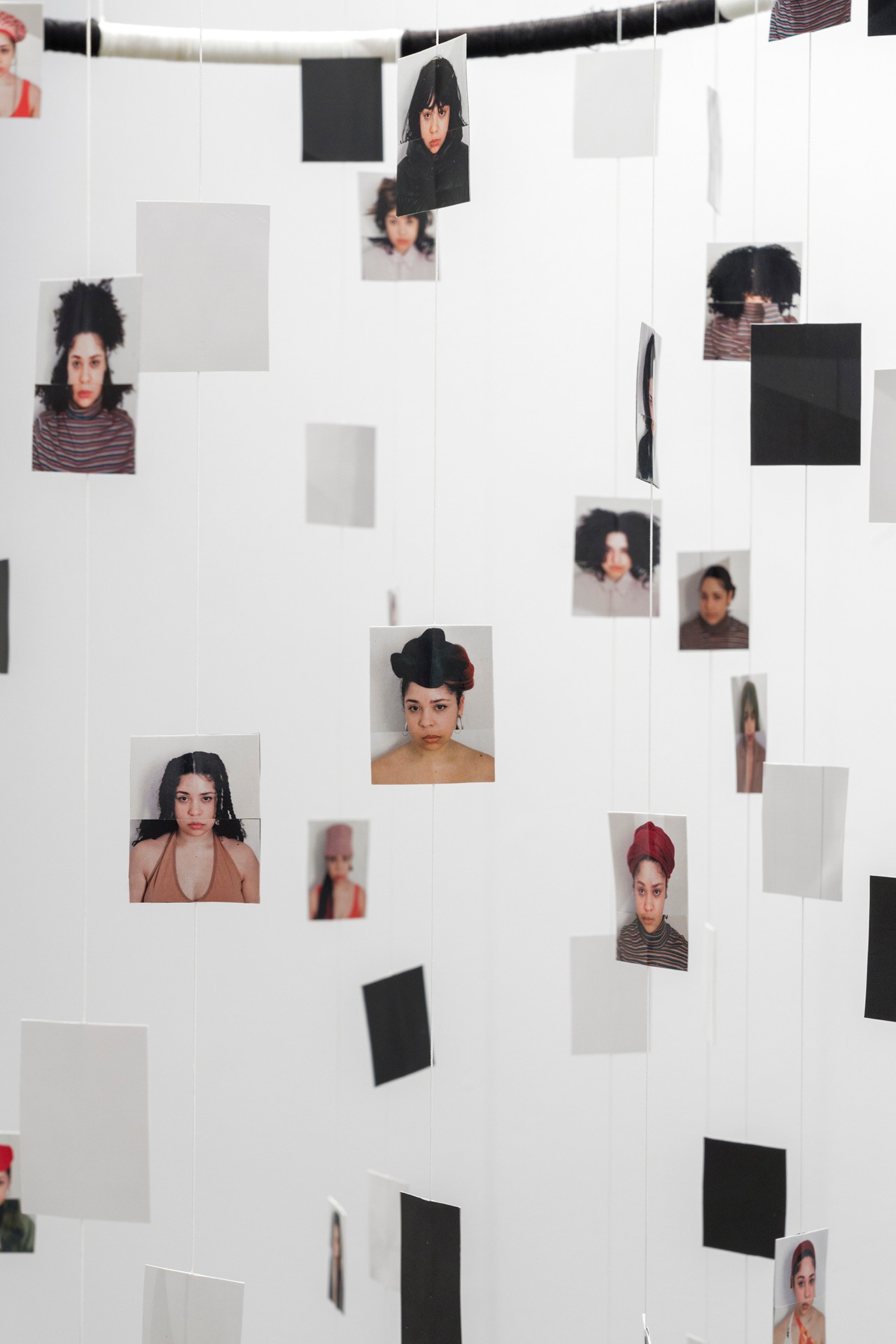 Photo by Guy L’Heureux
Photo by Guy L’Heureux
Essay
Being and Unbeing: A Photographic Testament to the Fluidity of Self-Identity
Author Gloria Manege
Artist Mallory Lowe Mpoka
Artwork I Am a Story, 2020–ongoing
In a time that was flooded with uncertainty and ominousness, the pandemic forced visual artist Mallory Lowe Mpoka to engage in an introspection that would later become an ode to personal evolution. Mpoka’s photographic series I Am a Story showcases the complexities of a Belgo-Cameroonian queer woman’s identity through 150 — and counting — self-portraits. Shot with her film camera and a portable flash, the images reveal the various ways in which the artist chooses to present herself, making her both familiar and foreign, vulnerable and vague. While the subject remains constant, Lowe Mpoka’s use of accessories, makeup, wigs, hair extensions, and clothing items allows her to traverse the “duality between selfdisclosure and privacy” as well as “personal and collective identity.”1
There is often an emphasis on the importance of first impressions that might rob us of the opportunity to engage in authentic self-expression with strangers. This pressure is heightened for people whose identities do not fit into societal molds of desirability. Lowe Mpoka finds her way around the discomfort of pressured self-concealment and ostentatious selfpresentation by introducing herself 150 times in I Am a Story. We are reintroduced to the artist every time we look at a new image, each of which possess a personality of its own. As a queer woman of colour, she carefully chooses which parts of herself to fully embody in accordance with the group of people she interacts with. Although there is an element of beauty in the art of social code-switching, it has an insidiously silencing effect on the parts of us that are negatively perceived. For the artist, this silence is interpreted as a means of protection — protection from the perpetual violence of purely existing in a space that was designed and built in the image of her destruction. It was in the comfort of her bedroom that she broke away from this illusion of protection and pronounced herself unapologetically, loud and clear through this photographic experiment.
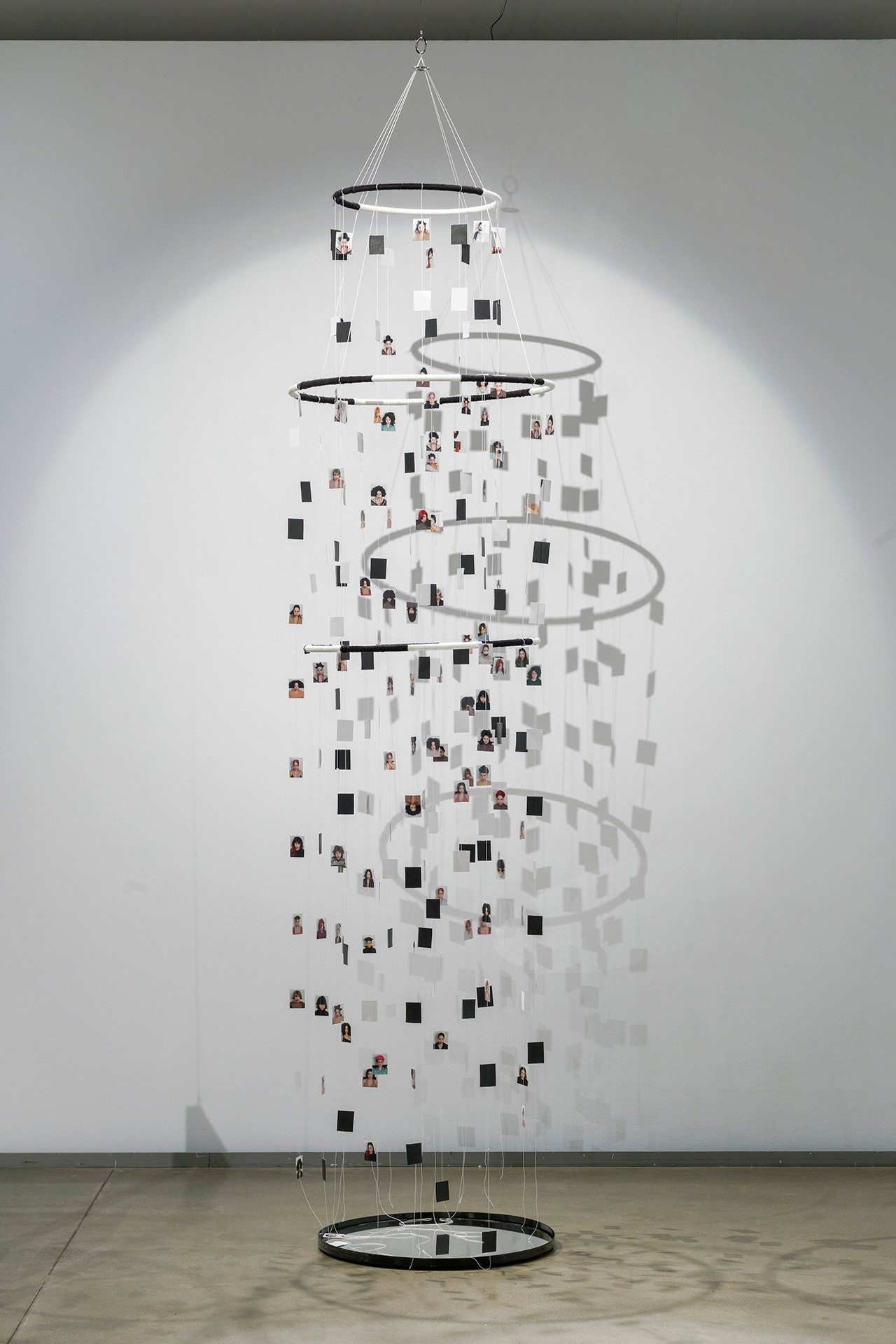
Photo by Guy L’Heureux
It was in the comfort of her bedroom that she broke away from this illusion of protection and pronounced herself unapologetically, loud and clear through this photographic experiment.
I Am a Story is a growing body of work that blossomed from a seed of curiosity, shared by many but harvested by few. Lowe Mpoka’s daring act of self-exploration and self-revelation was inspired by photographers Samuel Fosso and Tomoko Sawada, both of whom have used self-portraiture to tell tales of the inconsistencies of human identities. Fosso, a Cameroonian-Nigerian photographer, teases out traditional notions of gender, race, and nationality by embodying various personas using makeup, clothing, and symbolic poses.2 Japanese artist Tomoko Sawada’s work titled ID400 challenges ideas of human banality by showing the viewer that a multitude of personalities can exist within the same being.3 Drawing from Fosso’s theatrical mise-enscenes and Sawada’s passport-style pictures, I Am a Story portrays the intersection of identity and art, while defying the standard of stagnancy surrounding self-identification.
While I Am a Story testifies to the ever-changing realities of identity making, it also allows for a level of agency that is usually taken from marginalized communities. By turning the lens onto herself, Lowe Mpoka is in charge of the narrative, affording herself a sense of ownership. The subtlety in the images show her in a light that Black and multiracial women are rarely allowed to bask in, and the playfulness in her expressions and appearance demonstrate a joy that queer folks are told to tame. As the artist grapples with the fact that she exists within cultures that often contradict one another,4 she uses her art to remind her audience of the possibility of both being and unbeing.
- Mallory Lowe Mpoka, “Portfolio 2021, Mallory Lowe Mpoka”, Canva: page-1, accessed 03/10/2021.
- International Center of Photography (ICP), « 2018 Infinity Award: Art — Samuel Fosso », 10/04/2018, video.
- « Artist Statement: ID400 », New Cosmos of Photography, consulted 03/10/2021.
- Mallory Lowe Mpoka in conversation with the author, 21/09/2021.
Author’s biography
Gloria Manege is a fourth-year student in the Department of Human Relations and Human Rights. Throughout her post-secondary journey, she has grown to carefully analyze how the erasure of Black Women in academic spaces affect young Black scholars like herself, and how this contributes to the colonial legacy of Western universities. Her focus has gradually leaned towards using an intersectional approach to pursuing matters regarding human rights and ideas of development. She is currently working as a Teaching Assistant at Concordia University alongside the first Black Woman professor in the Simone de Beauvoir Institute, Dr. Nathalie Batraville.
 Photo by Guy L’Heureux
Photo by Guy L’Heureux

